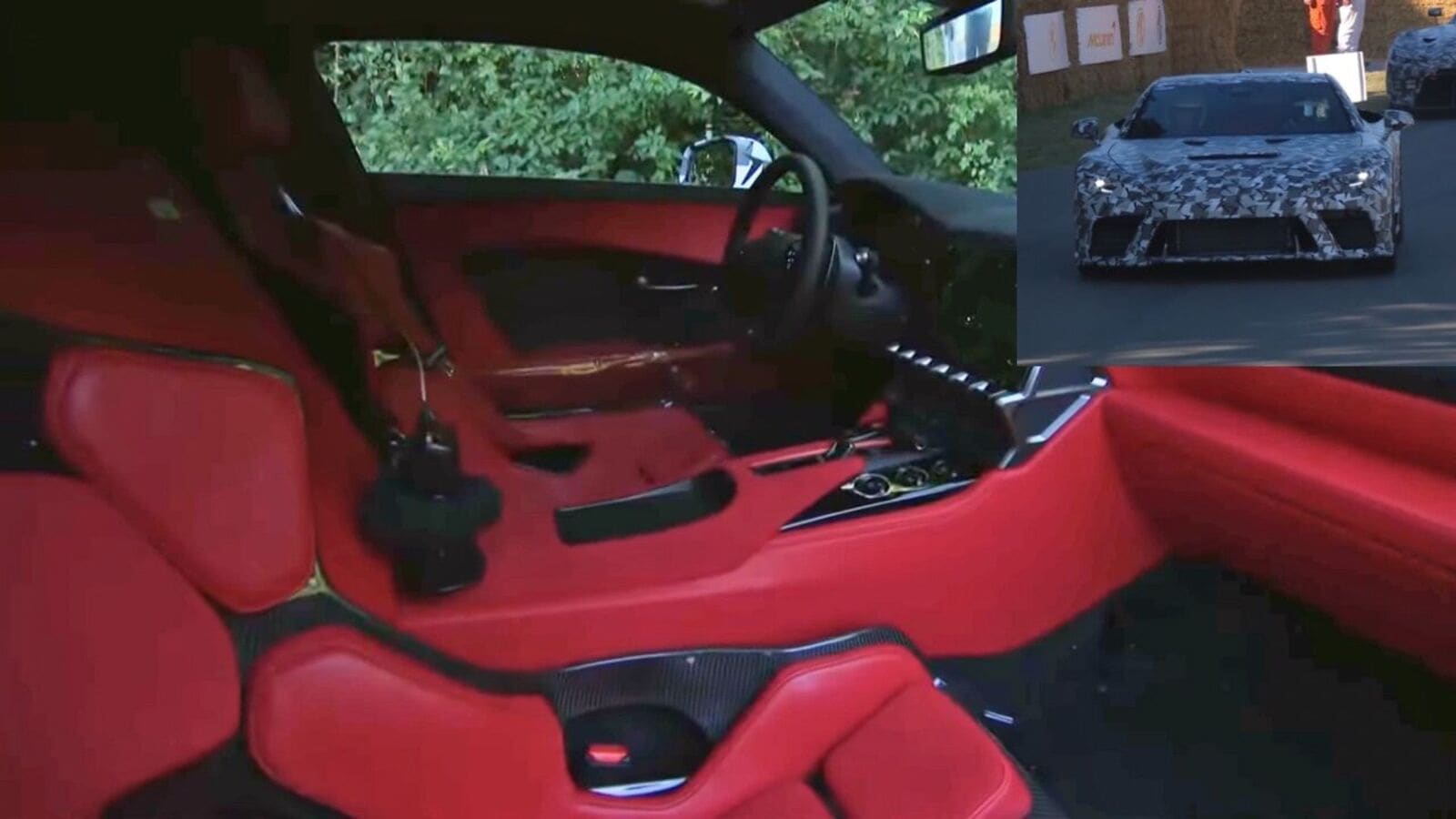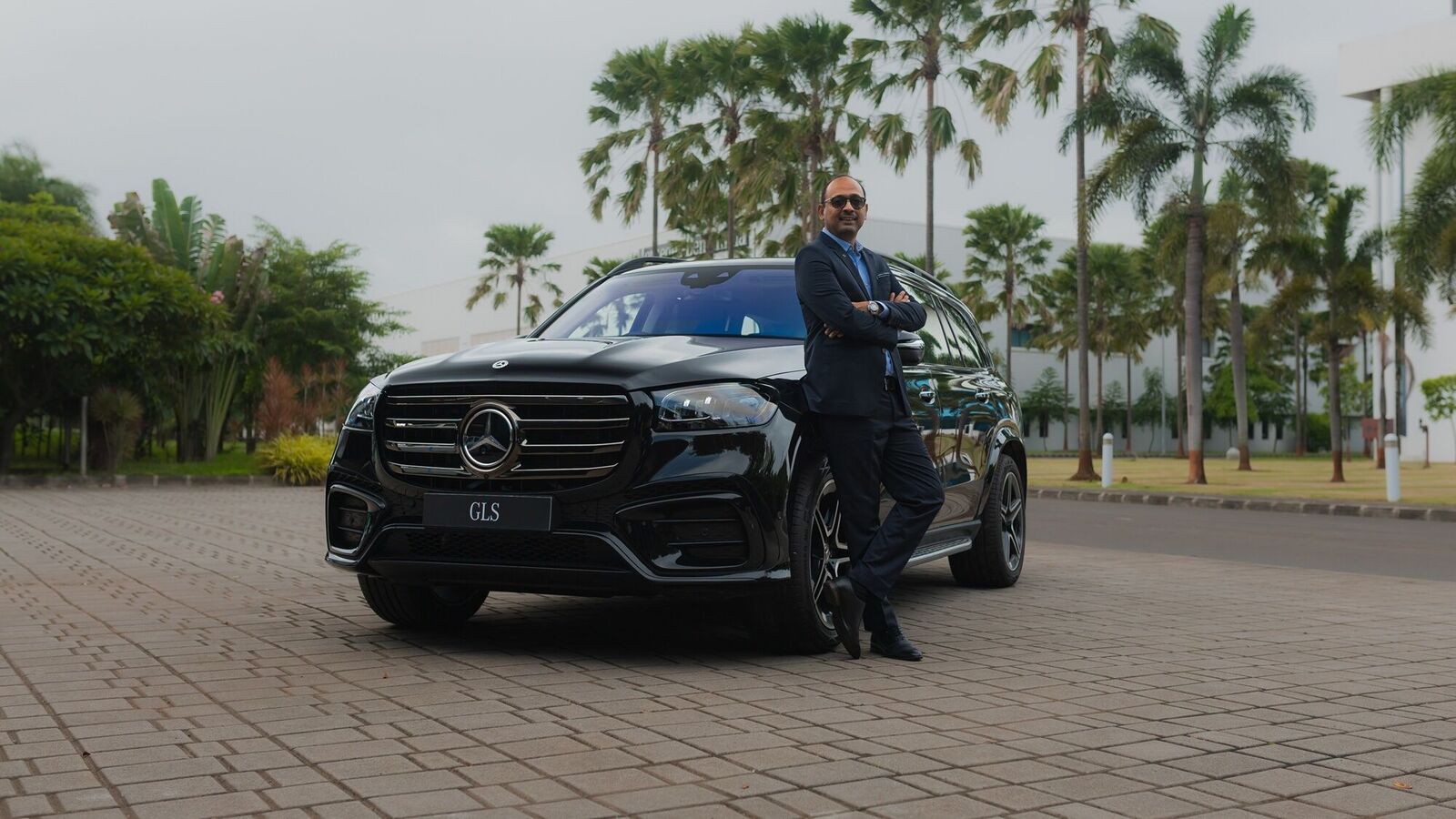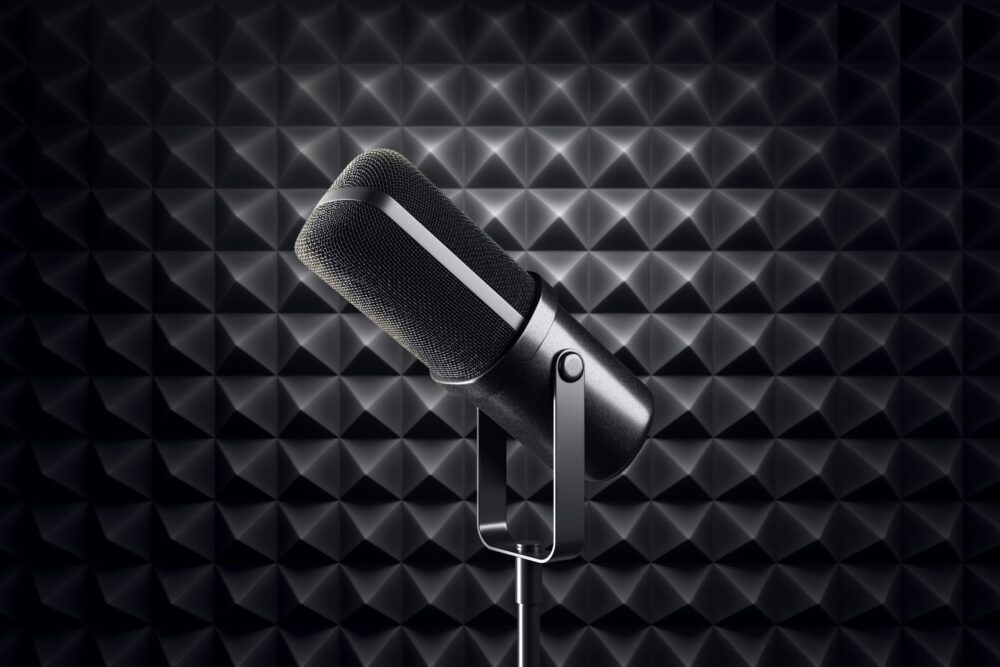
Sponsored by Henkel.
With an innovative approach to lithium-ion battery electrode manufacturing, dry battery electrode (DBE) processing eliminates the solvent-based slurries traditionally used in lithium-ion battery production. By implementing DBE technology, battery manufacturers can enhance production efficiency, reduce energy demand, and decrease overall environmental impact while improving electrode performance and reducing battery production costs.
DBE processing does, however, still present some challenges that need to be addressed to demonstrate its practicality and encourage adoption among manufacturers. Most prominently, prior DBE attempts were characterized by poor adhesion between the dry film and current collector foils on both the anode and cathode sides of the battery.
In this whitepaper, we will explore how carbon coatings address such challenges by enabling strong adhesion between both substrates and achieving reliable conductivity throughout the life of the battery cell. Learn more about Henkel’s E-Mobility solutions here.



